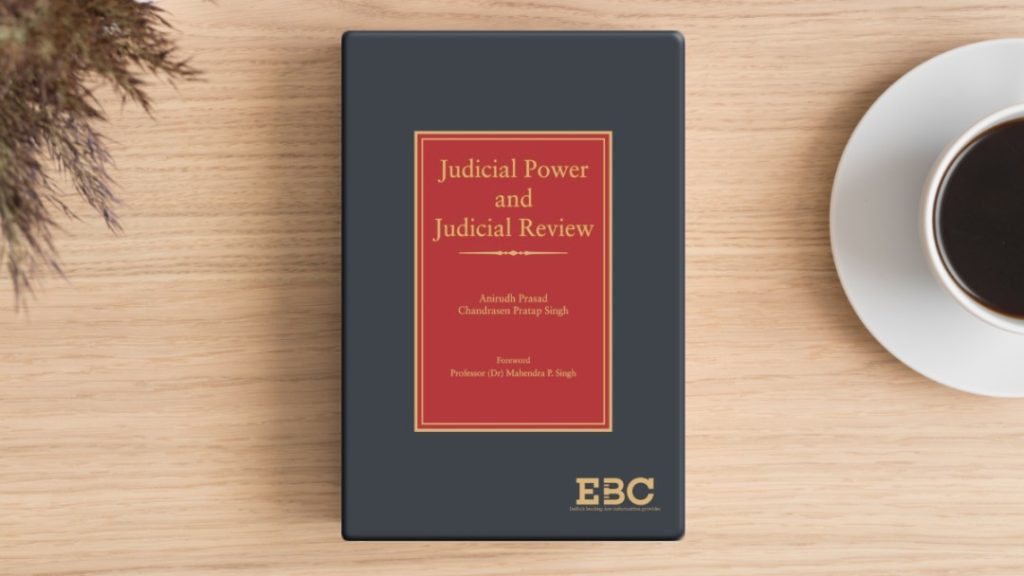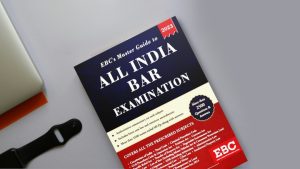
The Indian judiciary has long been regarded as the sentinel on the qui vive—ever vigilant in upholding constitutional values. Among its many tools, the power to take suo motu cognizance—that is, action taken by the court on its own initiative—has emerged as one of the most striking illustrations of judicial activism. This unique power has allowed courts, particularly the higher judiciary, to respond proactively to matters of public concern, often in the absence of formal complaints.
In this blog, we will explore the basics and advanced facets of suo motu action, its relationship with judicial power, and the legal framework that supports it. We will also discuss its implications, benefits, and potential drawbacks, all while examining the crucial balance between judicial activism and overreach.
Understanding the Basics: What Is Suo Motu Action?
The term “suo motu” is derived from Latin, meaning “on its own motion.” In the legal context, it refers to the court’s ability to initiate proceedings on its own, without any formal petition or request from a party. This power is generally exercised by the Supreme Court and High Courts under the ambit of their constitutional jurisdiction.
For instance, when the judiciary intervenes in human rights violations, environmental degradation, or governance failures, it is often through suo motu proceedings. These actions are commonly triggered by:
- Media reports
- Letters from citizens
- Reports from governmental or non-governmental bodies
- Judicial observations from earlier cases
Legal Foundation of Suo Motu Powers
The power of the Indian judiciary to take suo motu action is not explicitly mentioned in the Constitution. However, it flows from broader constitutional provisions that empower the courts to uphold fundamental rights and ensure justice.
1. Article 32 of the Constitution
- Empowers the Supreme Court to issue writs for the enforcement of fundamental rights.
- The court can act suo motu under this article in matters involving gross violations of rights.
2. Article 226
- Grants similar powers to High Courts to issue writs not just for fundamental rights but also for “any other purpose.”
- High Courts frequently use this provision for suo motu public interest litigation (PIL).
3. Contempt of Courts Act, 1971
- Under Section 15, courts can initiate contempt proceedings suo motu if they believe their dignity or authority has been compromised.
4. Criminal Procedure Code (CrPC)
- Sections like Section 190(1)(c) empower magistrates to take cognizance suo motu of certain offences.
From Judicial Review to Judicial Activism
While judicial review allows courts to strike down unconstitutional actions, suo motu powers mark a shift towards judicial activism, where courts step in to fill gaps in governance or administration.
This shift became especially visible during the post-Emergency period in the 1980s, when the Supreme Court, under Justices like P.N. Bhagwati and V.R. Krishna Iyer, began expanding the scope of PILs. Often, these were initiated suo motu, based on newspaper reports or letters from prisoners and activists.
Why Suo Motu Matters: The Role in Public Interest
Over the years, suo motu powers have been used in various high-impact areas:
Human Rights Violations
Courts have intervened in custodial deaths, bonded labour, and abuse of marginalized groups.
Environmental Protection
Cases like the Ganga pollution matter or Delhi air pollution saw suo motu interventions based on media reports and expert findings.
Administrative Inaction
In times of crisis—such as during the COVID-19 pandemic—courts stepped in suo motu to ensure oxygen supply, hospital infrastructure, and migrant welfare.
Contempt and Court Dignity
The judiciary also acts suo motu when public figures undermine the judiciary’s credibility—illustrated by the Prashant Bhushan case (2020), where the Supreme Court initiated contempt proceedings over tweets criticising the judiciary.
Advantages of Suo Motu Powers
- Ensures swift justice in urgent matters
- Bridges administrative gaps where executive fails to act
- Amplifies the voice of the voiceless
- Strengthens constitutional values through judicial leadership
But Not Without Criticism: The Concerns of Judicial Overreach
Despite its utility, suo motu action is not free from criticism. Critics argue that it sometimes results in:
- Encroachment on executive and legislative domains
- Lack of procedural safeguards
- Accountability issues, as there is no complainant to take responsibility
- Subjective standards, where personal ideologies of judges may influence action
Moreover, excessive suo motu intervention may blur the lines of separation of powers, a basic structure of the Constitution, thereby raising democratic concerns.
Evolving Judicial Guidelines: Towards Responsible Suo Motu Use
In response to growing concerns, courts have started laying down guidelines to exercise suo motu powers judiciously.
For example:
- The Supreme Court has emphasized that suo motu action must be based on well-established legal principles.
- It must also uphold natural justice—ensuring the right to be heard even in suo motu matters.
- Additionally, judicial restraint and institutional self-discipline are being promoted to avoid misuse.
Conclusion: A Powerful Tool, But With Great Responsibility
In sum, suo motu action is a powerful judicial tool that reinforces the judiciary’s role as the guardian of the Constitution. It has enabled the courts to step in where the system has failed, protecting rights and addressing urgent societal issues. Yet, this extraordinary power demands judicious restraint, transparency, and a balanced approach to prevent it from becoming a source of judicial overreach. As India’s democracy continues to evolve, so too must the judiciary’s methods—grounded in constitutional morality, public interest, and above all, the rule of law.
For a deeper and more nuanced exploration of judicial power and review, consult Judicial Power and Judicial Review by Anirudh Prasad, which traces the doctrine from its common‑law roots to its modern applications in India and abroad.
















